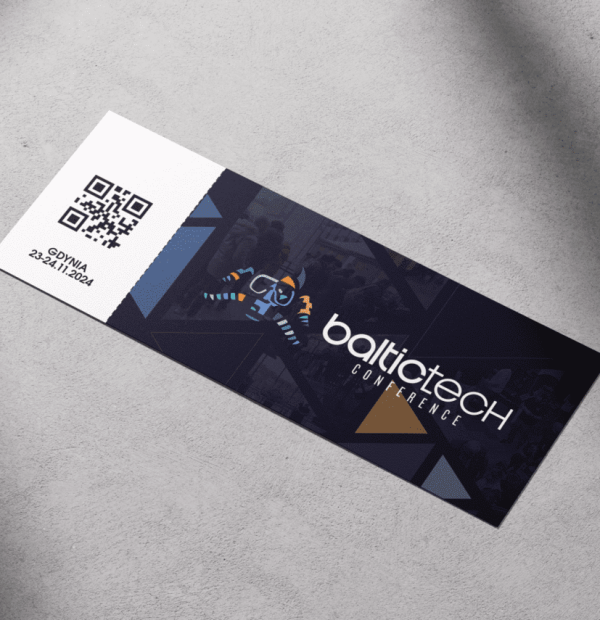Thursday, 16 May 2024
Menu

A diving warmer is a key element that affects the comfort of our diving, so its choice should not be hasty or random.
The decision to choose a dive warmer and understand the relationship between insulation and buoyancy is extremely important, if not fundamental. The materials that Camaro, Typhoon and O’Three use for the production of dive insulators work well during summer diving, as well as winter diving in extreme conditions, i.e. in waters with a much lower temperature. It is therefore very important for the diver to choose the right diving warmer for the conditions in which he plans to dive.

Both in terms of insulation and wearing comfort, the Othree Point Below Base+ (PBB+) is the first step in the layering system offered by O’Three. The warmer consists of 3 elements (sleeveless pyjama, sweatshirt, socks), which gives the diver a lot of freedom to choose the right combination for the conditions in which he will be diving. A double sided zipper, a peevalve hose outlet, a comfortable neck zipper, and a double sided pocket with a hidden key pocket are some of the features O’Three has provided for its customers. The outer layer ensures that water runs off the warmer without being absorbed. The warmer comes in both men’s and women’s versions, packaged in a waterproof bag for easy carrying and storage.
In some cases, dry suits are blamed by divers for buoyancy problems. Choosing compressed or highly compressed neoprene can help in some cases. However, most of the time the warmer is to blame.
There is a persistent belief that the thermal insulation performance of a thermal insulator is closely related to the amount of air trapped in it, i.e. that the thicker the insulator, the warmer it is. This used to be the case when materials were simple, thick and heavy. Current technology has changed this.
The Camaro Merino Thermosuit and Thermosuit XA-10 are examples of the new generation of insulators.
The warmers are made of abrasion-resistant fabric on the outside for the necessary durability. The flexible Thermore insulation on the inside breathes lightly and warms under pressure. The extremely comfortable fleece on the inside in the XA-10, or the merino wool in the Thermosiut not only immediately wicks moisture away from the body, but also neutralises unpleasant odours. The warmers are very warm and successfully perform during dives in cold waters.
Today, the structure of materials allows more air to be trapped in a material of the same thickness. As a result, the raw material for the warmer is a better insulator with less buoyancy, more flexibility and more comfort. As a result, we can and should take less ballast on our dives.
Dry skin is a basic prerequisite to prevent hypothermia. The first layer of clothing closest to the skin is responsible for this. Transporting moisture as far and as fast as possible should be a priority when composing a warming system. O’Three uses Polarpro, a breathable and hydrophobic knit whose fibres do not absorb water. The moisture produced by the body is transported to the outside (the first layer of the warmer) and retained there. An as dry as possible environment is maintained next to the body.
To get the most out of a drysuit, you need to carefully select all the insulation layers, but especially the first one, so that, while keeping warm, you don’t restrict your range of movement and comfort.
For diving in the summer and in waters with higher temperatures, Typhoon offers the Midweight warmer. This thin fleece 2 piece warmer is the perfect set of thermal underwear not only for diving but also for other sports such as skiing, sailing and cycling. The flat, elastic seams stretch along with the material of the warmer, setting a new dimension in diving comfort. Nothing creases, pinches or pulls. Convenient thumb and foot loops prevent the warmer from bunching up in the dry suit.
The only heating element of the wetsuit, if no electrical systems are used, is the diver himself. The (neoprene) suit and warmers are only insulators between the diver and the environment. Shell suits offer no thermal insulation, only environmental insulation.
For example: slim women may feel the cold more acutely and will require more effective insulation; men wearing only T-shirts in winter may feel overheated in the recommended combinations and will opt for softer insulation.
Remember, if your current combination of underwear + warmer is “too cold”, adding a suitably chosen extra layer will significantly increase thermal comfort. Wearing “onions” is just as effective as in other activities in cold conditions (climbing, trekking, etc.).

Choosing the right warmer has a huge impact on your diving comfort.










Welcome to DIVERS24.COM, your daily source of scuba news, freediving, scuba diving information, and equipment reviews. Our comprehensive coverage of the dive industry from A to Z provides you with all the latest scuba news, training updates, underwater photography tips, and everything else related to scuba diving. Whether you’re a beginner or an experienced diver looking for more knowledge about scuba gear or techniques – we’ve got it covered! With our in-depth articles written by experienced divers who have been there and done that, you are sure to find exactly what you need here at Divers24.com. Dive into scuba news today!
Underwater Media Sp. z o.o.
Szafarnia 11/F8,
80-755 Gdansk, Poland
Welcome to DIVERS24.COM, your daily source of scuba news, freediving, and scuba diving information. Sign in for a weekly news update and discount coupons for dive gear and apparel.
@2023 - underwatermedia.pl. All Right Reserved. Designed and Developed by Tworzenie stron internetowych Gdansk

The Divers24 portal is currently the largest online medium treating diving in Poland. Since 2010 we have been providing interesting and important information from Poland and around the world on all forms of diving and related activities.
Contact us: info@divers24.com